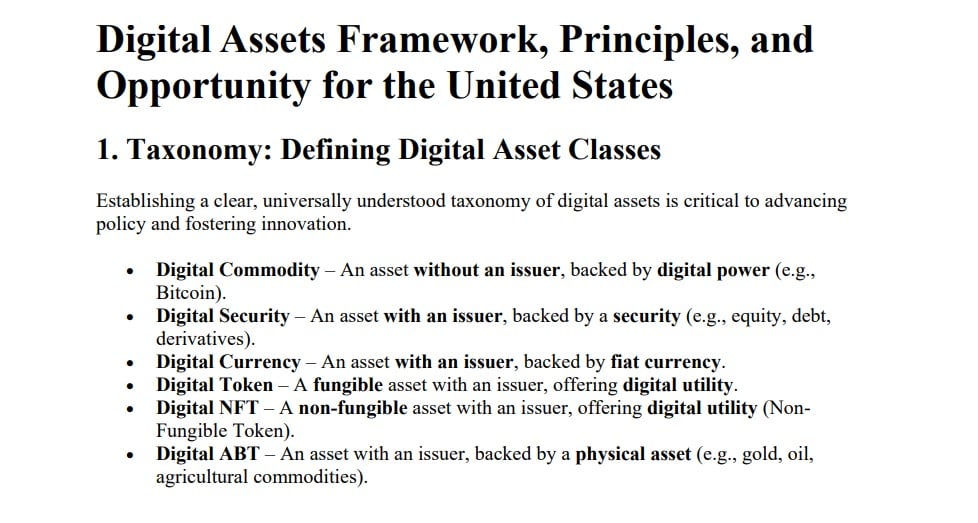Michael Saylor proposes leveraging digital assets to bolster national economic standing amid growing fiscal challenges.

Key Takeaways
- Michael Saylor has proposed a Bitcoin reserve plan to the SEC aiming to create up to $81 trillion in wealth for the US Treasury.
- The SEC's Crypto Task Force is working towards a regulatory framework balancing innovation and investor protection.
Today, it was released that this past Friday, Michael Saylor presented his proposal to the SEC’s Crypto Task Force, outlining a strategic Bitcoin reserve plan that could generate between $16 trillion and $81 trillion in wealth for the US Treasury.
🚨NEW: @saylor met with the @SECGov #crypto task force on Friday. pic.twitter.com/KkLfb5Mf2Q
— Eleanor Terrett (@EleanorTerrett) February 24, 2025
The proposal aims to address the national debt, which currently stands at $36.2 trillion, comprising $28.9 trillion in public debt and $7.3 trillion in intergovernmental debt as of February 5, 2025.
The plan is part of Saylor’s “Digital Assets Framework,” introduced on X on December 20, 2024.
A strategic digital asset policy can strengthen the US dollar, neutralize the national debt, and position America as the global leader in the 21st-century digital economy—empowering millions of businesses, driving growth, and creating trillions in value. https://t.co/7n7jQqPkf1
— Michael Saylor⚡️ (@saylor) December 20, 2024
This Framework seeks to provide regulatory clarity by categorizing digital assets into six classes: Digital Commodities, Digital Securities, Digital Currencies, Digital Tokens, Digital NFTs, and Digital ABTs.
Under the framework, Bitcoin is classified as a Digital Commodity, representing decentralized assets not tied to an issuer.
Other categories include tokenized equity or debt (Digital Securities), stablecoins pegged to fiat (Digital Currencies), fungible utility tokens (Digital Tokens), unique digital art or intellectual property representations (Digital NFTs), and tokens tied to physical commodities (Digital ABTs).

To streamline the issuance process, Saylor proposes capping issuance compliance costs at 1% of assets under management and annual maintenance costs at 10 basis points.
The SEC established its Crypto Task Force in January, acknowledging the limitations of its previous enforcement-focused approach, which had created uncertainty in the industry.
The task force aims to develop a regulatory framework that balances innovation with investor protection through stakeholder engagement.
Last Thursday, Michael Saylor proposed that the US government should acquire 20% of Bitcoin’s total circulation to maintain a dominant status in the global digital economy and ensure economic empowerment.
Disclaimer
 1 month ago
14
1 month ago
14



















 English (US) ·
English (US) ·